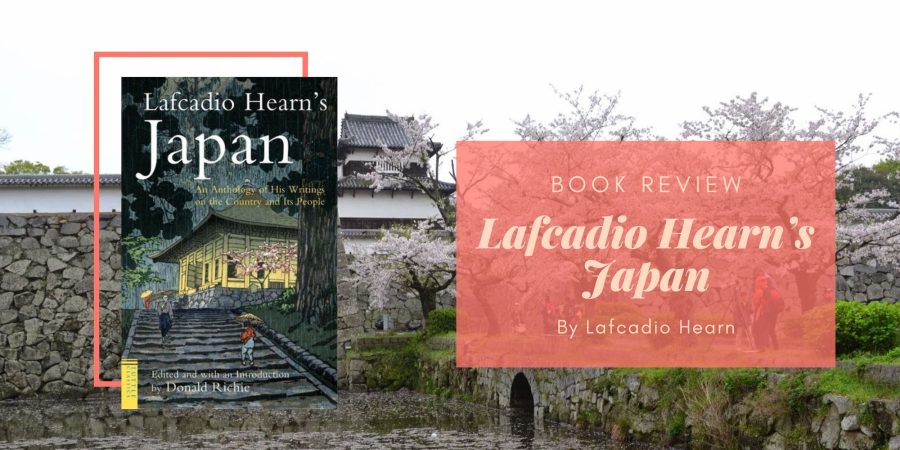It’s pretty hard to look for books about Japan and not come across Lafcadio Hearn’s works. Well, I somehow managed to avoid it until recently, when I was looking for books on Japanese folklore and stumbled across this collection of essays of his.
Divided into roughly two parts, Lafcadio Hearn’s Japan comprises of 18 essays documenting his experiences in Japan. Some parts can be a bit uncomfortable, such as when uncritically praises the Japanese aesthetic as something innate to them. For example, when talking about Japanese gardens:
“In the foreigner, however aesthetic he may be, this feeling needs to be cultivated by study. It is inborn in the Japanese; the soul of the race comprehends Nature infinitely better than we do, at least in her visible forms.”
That aside (and apart from a lingering doubt of how much Hearn could comprehend given that he never mastered the language), the essays vividly bring Edo-period Japan to life. Hearn was like many of us travellers who prefer not to think of ourselves as tourists – he hated the places that were already popular – and thus moved to Matsue where he found the Japan he was looking for. And so it’s with slightly more than a tinge of romanticism and a language barrier that he immersed himself in everyday life and tried to be as Japanese as possible.
But even with those caveats, it’s clear that Hearn has a way with words. Look at how he describes Mitsu-Ura:
“Mitsu-ura stands with its back to the mountains, at the end of a small deep bay hemmed in by very high cliffs. There is only one narrow strip of beach at the foot of the heights; and the village owes its existence to that fact, for beaches are rare on this part of the coast. Crowded between the cliffs and the sea, the houses have a painfully compressed aspect; and somehow the greater number give one the impression of things created out of wrecks of junks. The little streets, or rather alleys, are full of boats and skeletons of boats and boat timbers; and everywhere, suspended from bamboo poles much taller than the houses, immense bright brown fishing nets are drying in the sun.”
I could see Mitsu-ura so clearly after reading that!
Hearn also shines when he’s describing the folklore of Japan. He tells us about the legendary fountain of Jizo, the story of the Uguisu bird, about professional well-cleaners, and much more, introducing us to a side of Japan that we might not be able to see today. These folklore descriptions were definitely the main highlight of the book for me – Hearn does a good job connecting the stories he heard to the actions and rituals that he observes.
I’m glad that I read this collection by Lafcadio Hearn. Though I didn’t love every aspect of what was written, I can appreciate this work as a product of its time and how he managed to capture a side of Japan that may have already disappeared as time marched on.

Very interesting! I like that he adds that layer of folklore/history to his stories. And his writing sounds pretty good, despite the caveats you encountered. Great review! 😀
Yes, I think he’s still worth reading because of all the folklore information and description that he includes!
You’re reading so much about folklore and history lately, I love it!
Yes, I love it so much! It’s soooo fun!